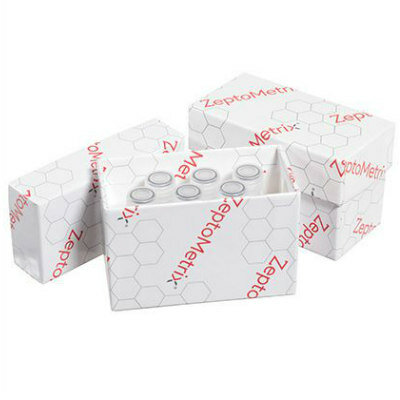Breakthrough in Stem Cell Culturing Without the Use of Animal Substances
By LabMedica International staff writers
Posted on 01 Jul 2010
For the first time, human embryonic stem cells have been cultured under chemically controlled conditions without the use of animal substances, which is vital for future clinical uses. Posted on 01 Jul 2010
The method, developed by researchers from Karolinska Institutet (Stockholm, Sweden), was published online May 30, 2010, in the journal Nature Biotechnology. Embryonic stem cells can be transformed into any other type of cell in the body and have potential uses in treatments where sick cells need to be replaced. One hurdle, however, is that it is difficult to culture and develop human embryonic stem cells without simultaneously contaminating them. They are currently cultured with the aid of proteins from animals, which eliminates subsequent use in the treatment of humans. Alternatively, the stem cells can be cultured on other human cells, known as feeder cells, but these release thousands of uncontrolled proteins and therefore lead to ineffective research results.
A research team at Karolinska Institutet has now managed to produce human stem cells entirely without the use of other cells or substances from animals. Instead, they are cultured on a matrix of a single human protein: laminin-511. "Now, for the first time, we can produce large quantities of human embryonic stem cells in an environment that is completely chemically defined,” stated Prof. Karl Tryggvason, who led the study. "This opens up new opportunities for developing different types of cell which can then be tested for the treatment of disease.”
Together with researchers at the Harvard Stem Cell Institute (Cambridge, MA, USA), the investigators have also shown that in the same way they can culture what are known as reprogrammed stem cells, which have been converted "back” from tissue cells to stem cells.
Laminin-511 is part of connective tissue and acts in the body as a matrix to which cells can attach. In the newly formed embryo, the protein is also needed to keep stem cells as stem cells. Once the embryo begins to develop different types of tissue, other types of laminin are needed.
Until now, different types of laminin have not been available to researchers, because they are nearly impossible to extract from tissues and difficult to generate. Over the last couple of decades, Prof. Tryggvason's research group has cloned the genes for most human laminins, examined their biologic role, described two genetic laminin diseases, and in recent years, even managed to produce several types of laminin using gene technology. In this latest project, the researchers produced the laminin-511 using recombinant techniques.
Related Links:
Karolinska Institutet
Harvard Stem Cell Institute













